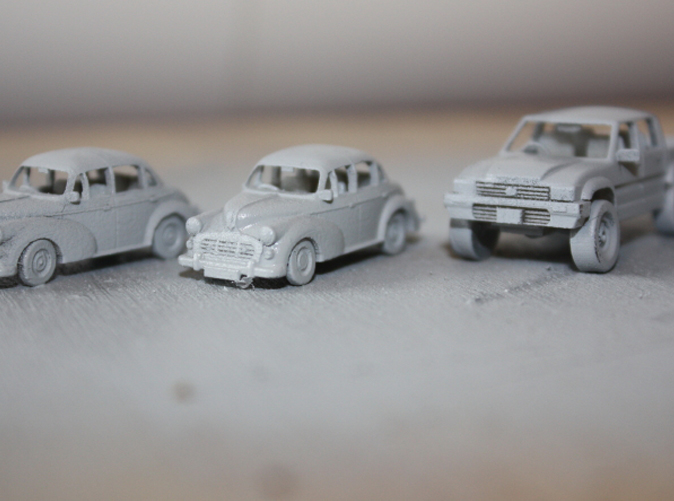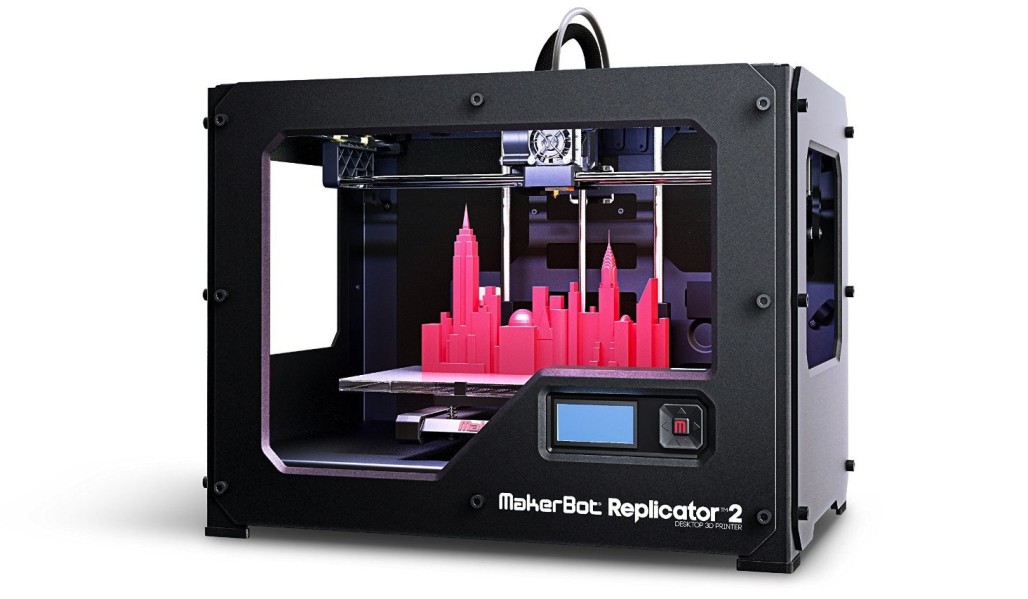“Creating Physical Objects with 3D Printers to Stimulate Reminiscing for Memory Loss”


In this Phase I SBIR from the National Institute of Aging. Moai Technologies will develop a system to create 3D printed objects to be used as “aids” to help simulate reminiscing.
In 2013 an estimated 5 million people age 65 and older had Alzheimer’s disease. Longer life spans and aging baby boomers will cause this number to grow rapidly. More than 50% of residents in assisted living and nursing homes have some form of dementia or cognitive impairment and the number is increasing every day. As a form of person-centered dementia care reminiscence therapy holds considerable promise. Improvements in mood, quality of life, social interaction, cognition, memory and a reduction in caregiver stress have been noted. This project will develop and test the feasibility of 3D printers to create realistic replicas and small-scale models of physical objects that reflect a meaningful facet of a person’s past life—a favorite toy or the family car. These objects are used as “aids” to help simulate reminiscing. This novel approach to the “personalization” of reminiscence therapy will result in better mental and physical health outcomes for individuals with dementia and the quality of the relationships they have with direct care staff will improve as well.
Fourteen percent of those 70 and older in U.S. suffer from dementia and over 5 million older Americans are living with Alzheimer’s. By 2050, over 16 million will have this disease and will experience impairments in cognitive and intellectual ability, memory, language, reasoning, and judgment that interfere with everyday functioning. Caregivers committed to person-centered dementia care (care that focuses on the individual needs of a person rather than on efficiencies of the care provider; builds upon the strengths of a person; and honors their values, choices, and preferences) seek therapies that recognize that every person has his/her own meaning of life, authenticity, history and personal preferences. Reminiscence therapy (RT) is a form of person-centered dementia care that holds considerable promise. RT involves the discussion of past activities, events and experiences, with another person or small group. This is often assisted by “aids” such as videos, pictures, and life storybooks. Research into the impact of RT has found many benefits including improvements in mood, quality of life, social interaction, cognition, and memory. Benefits for staff include increased knowledge of those in their care and a reduction in caregiver stress. Caregiving staff can use physical objects as triggers or tangible prompts in reminiscence therapy. The hypothesis to be tested in in Phase I is that 3D printers can be used to make recognizable replicas and small-scale models of objects that hold special meaning or significance to the person with dementia will make RT a more enjoyable experience for everyone involved and will make RT a more effective therapy. Objects that have become autobiographical or evocative can be any size, small (an item used at work or special toy) or large (the family car). Fortunately, 3D printers have advanced to the point where it can be used to produce realistic replicas and small-scale models of autobiographical objects at a relatively low cost. This project will test the feasibility of using 3D printers to create a variety of replicas and small-scale models that individuals with dementia can recognize and will relate to their personal past. We hypothesize that: 1) 3D printers will be capable of creating objects with sufficient fidelity to the original object to use in RT and 2) use of the 3D printed physical objects in RT will stimulate richer and more extensive autobiographical reminiscence than either photos of the object or tangible memory supports. We will also test various types of 3D objects including replicas and small-scale models within the context of reminiscence therapy involving individuals at different stages of dementia. In phase I the feasibility of using 3D printed objects in RT will be tested. Data collected will be used to identify the physical objects that work best in 3D-RT prior to a large-scale evaluation of efficacy, impact, and commercialization planned in phase II. In phase II we will also pilot test an online service that will facilitate the specification of custom 3D printed objects from family descriptions and photos.
